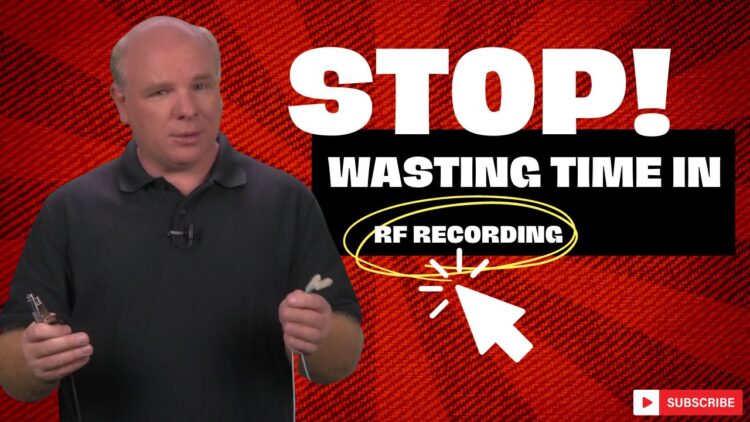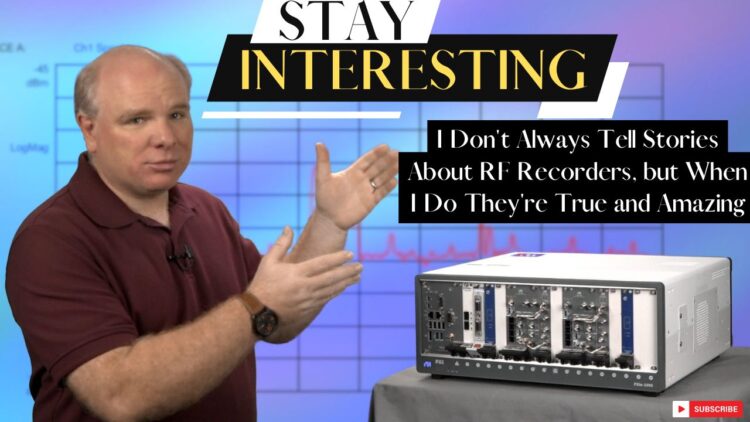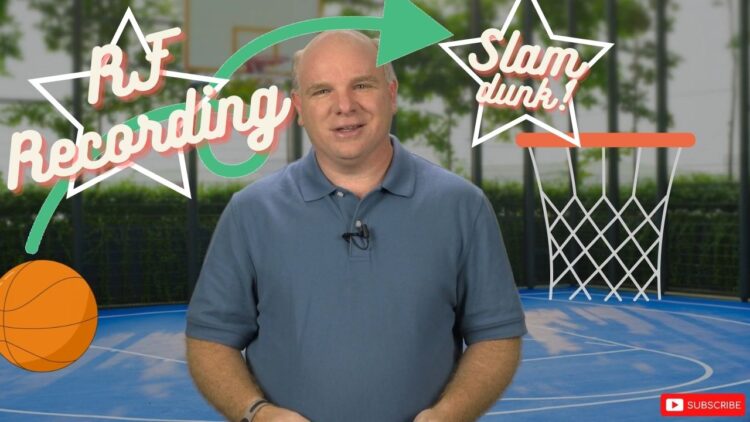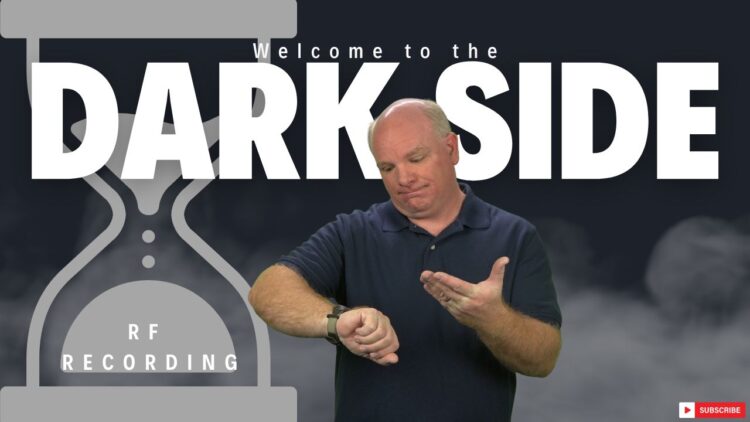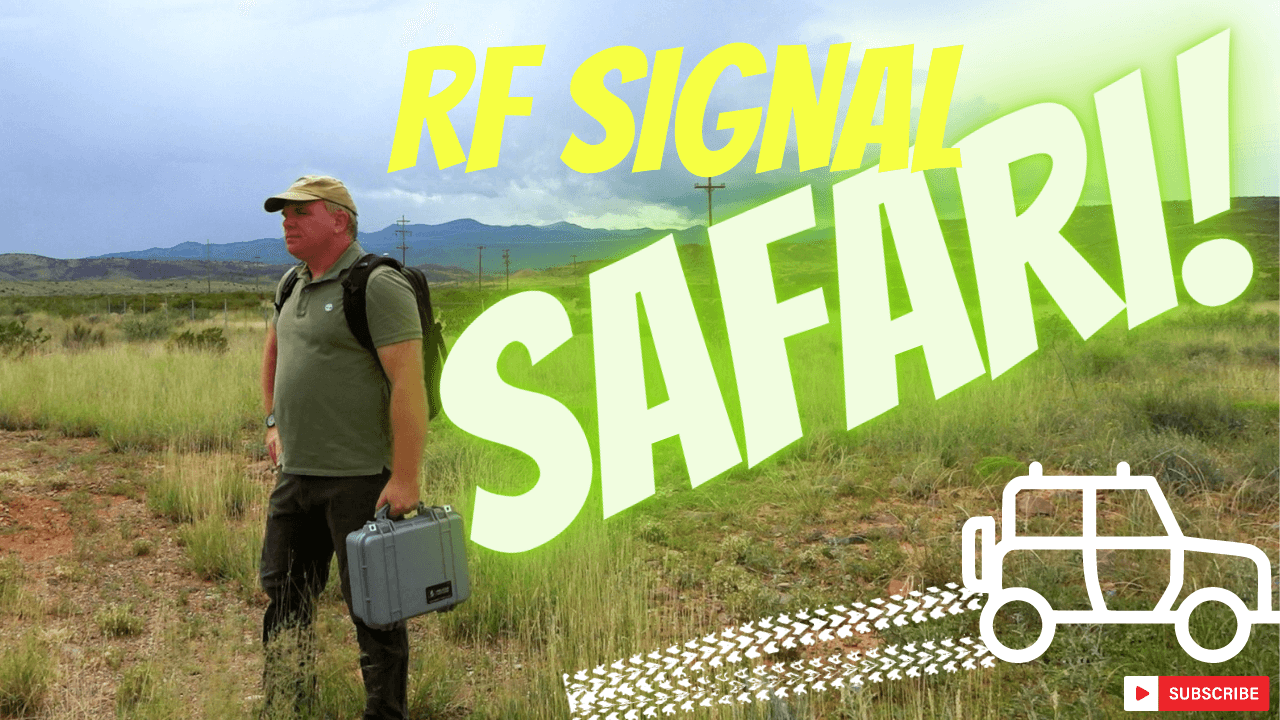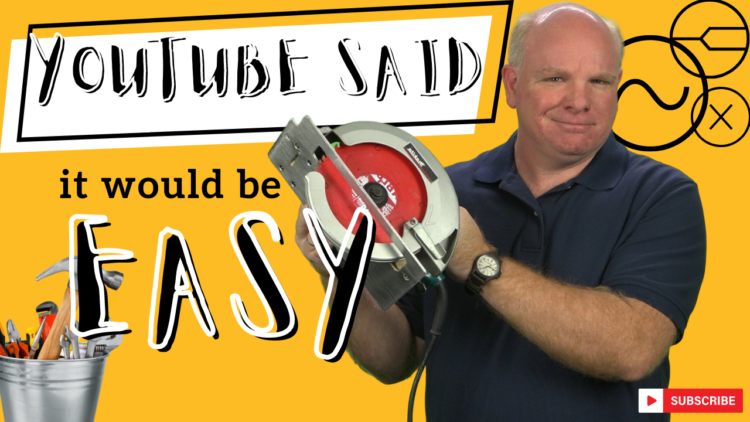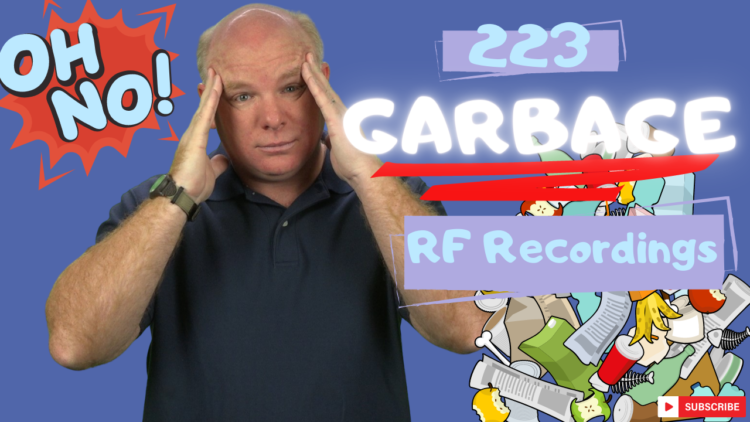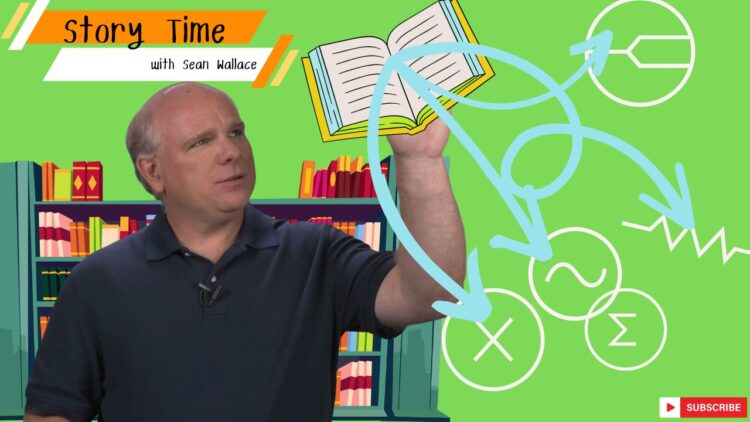Digital TV receivers failed the first time they were exposed to real world RF. Listen to how Sean and his team saved HDTV.
Video Transcript:
– I have a secret I wanna share with you today. Do you know how close we got to never having digital television in the United States? I do, because I was there when panic spread through the broadcast TV industry. And now it’s finally been long enough that I can share with you the real story behind America’s bumpy transition to digital TV.
(light music) Imagine it’s September 1999. The ink is barely dry on this brand new FCC regulation. Now, this particular regulation is going to completely change TV in the United States. See, every TV station in America will have to switch their RF broadcast signal from analog to digital in the coming years.
And here we are in the premiere lab for digital TV testing. A team of Japanese engineers has just left. They were not happy. The South Korean engineering team will be here tomorrow, and I can already tell you, they’re not gonna be happy either.
You see, there’s just one tiny little problem with America’s transition to digital TV. These set-top boxes barely work. I mean, sometimes they work, if you angle the antenna just right, and well, you’re happy receiving only two channels. Okay.
(chuckling) Actually, they work fine when they receive an RF signal from our lab test bed. It’s just that when you connect them to a real antenna on the roof, well, that’s a different story. Nothing. Nada.
Zilch. So why is that? Why is there such a difference between a lab signal and a signal from a real antenna? Well, you see, real world RF signals usually don’t have a clean, direct path from the transmitter to the receiver.
Nope. Real world RF signals bounce off buildings, refract around mountain edges, and just are generally impaired in all kinds of crazy ways that are difficult to predict. The UHF spectrum in particular is infamous for adding severe multi-path impairments. And the receiver needs to have a darn good strategy for canceling or rejecting all of these multi-path reflections.
But in 1999, these receivers, they did not have a darn good strategy for canceling out multi-path. (static whirring) See, the receivers were designed and tested using relatively clean lab signals. The bottom line was that it wasn’t possible to create a signal in the lab that truly represented the real world. And the first time these digital TV receivers were exposed to real world RF- (static whirring) They failed.
(suspenseful music) The FCC was getting antsy. Broadcasters were staging inflammatory demos. The whole thing got incredibly political. I mean, lobbyists, they were making tons of money.
Everyone was digging into their talking points. America’s transition to digital TV was in a real crisis point. (static whirring) It was do or die, make or break, and it was starting to look like only a miracle might save the digital transition. Well, one day, someone in our lab had an idea that was about to change everything.
(digital beeping) Stan Salamon suggested that we designed an instrument that could actually record real world RF signals. The idea was we would travel all around Washington D.C. and record a whole library of complicated and difficult RF signals. Then we would send these recordings to the receiver designers in Japan and South Korea. It seemed like a good idea, but you gotta remember, back then, a gigabyte was just an unimaginable amount of memory, and digitizers were usually specified in kilohertz, not megahertz.
But somehow, we got the big boss to sign off on this monster project. And somehow, we actually got it done. Cut to a year later. We had distributed a vast library of DTV RF recordings far and wide.
And you know what? Digital TV suddenly started to work. The receiver designers were using our RF recording library to learn the true propagation conditions in the UHF band. Engineers were finally able to understand the real world after looking at RF recordings.
(mellow music) Take a few minutes. Ask yourself if you know everything there is to know about the propagation conditions of the band you’re working in. Do you have a good handle on multipath? Impulse noise?
Adjacent channel interference? How ’bout the dynamics of all those things over time? Do you have a funny feeling in your stomach right now? (chuckling) An RF recorder might be the perfect medicine.
Thanks for watching. I’m Sean Wallace, and I hope you’ll subscribe to Spectra Lab’s YouTube or LinkedIn to keep up-to-date with the latest in RF instrumentation. (mellow music) (bell dinging)
